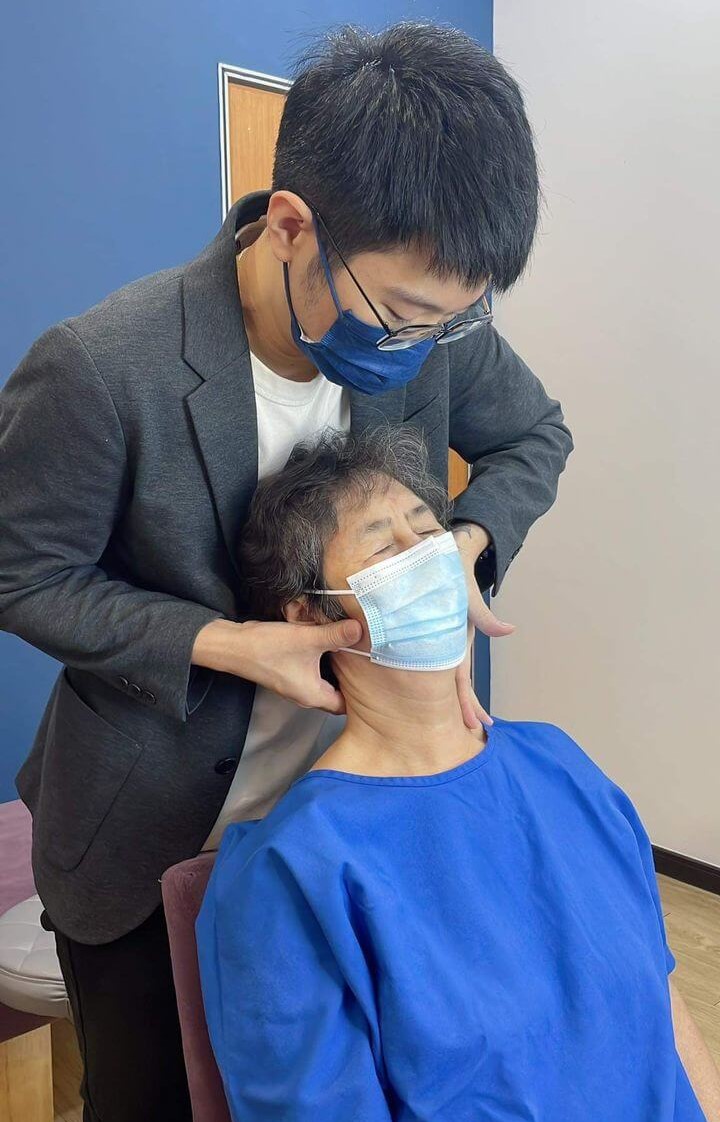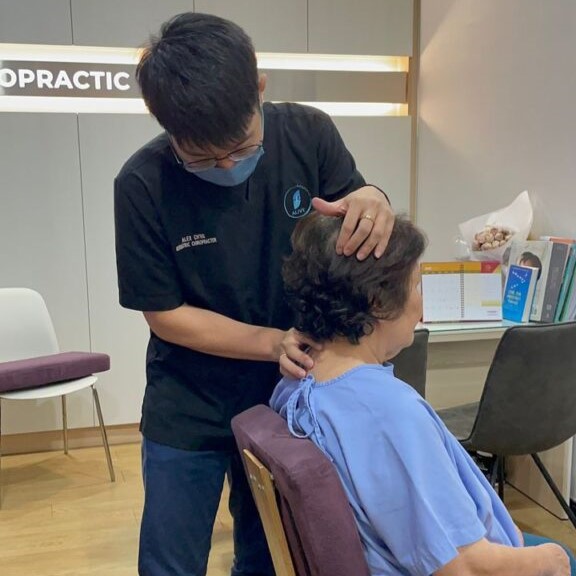Bone Spurs Treatment
Home / Bone Spurs Treatment
Bone spurs, or osteophytes, are bony growths that develop along the edges of bones, often where bones meet each other in the joints. These growths can form due to various conditions, such as osteoarthritis, and can cause pain, stiffness, and reduced mobility. While bone spurs themselves are not always painful, they can press on nerves or other tissues, leading to discomfort. Causes of bone spurs can be due to osteoarthritis, aging, joint damage or repetitive stress on joints. Before knowing bone spurs treatment, it is wise to understand bone spurs formation.

Formation Process of Bone Spurs
Joint Damage and Inflammation:
- Joint damage or cartilage loss leads to inflammation and changes in the joint environment. Inflammatory cytokines and enzymes break down cartilage and other joint tissues.
- Joint damage or cartilage loss leads to inflammation and changes in the joint environment. Inflammatory cytokines and enzymes break down cartilage and other joint tissues.
Body’s Reparative Response:
The body attempts to repair the damaged area by creating new bone material. Osteoblasts (bone-forming cells) are activated to produce extra bone along the edges of the affected joints or bones.
Bone Spur Development:
The new bone growth, intended to stabilize the joint or compensate for cartilage loss, results in the formation of bone spurs. These spurs can vary in size and shape, and while some may remain asymptomatic, others can cause pain and mobility issues by impinging on nerves, tendons, or other structures.
Symptoms of Bone Spurs (vary depending on affected areas)
1. Pain
- Description: Localized pain in the affected joint, which can range from mild to severe.
- Causes: Bone spurs can irritate nearby nerves and tissues, leading to pain.
- Watch For: Pain that worsens with activity and improves with rest.
2. Swelling and Inflammation
- Description: Swelling around the joint where the bone spur is located.
- Causes: Inflammation due to the irritation of soft tissues by the bone spur.
- Watch For: Persistent swelling that doesn’t subside with typical anti-inflammatory treatments.
3. Stiffness and Reduced Range of Motion
- Description: Difficulty moving the affected joint through its full range of motion.
- Causes: Bone spurs can physically block joint movement and cause stiffness.
- Watch For: Progressive stiffness that limits daily activities.
- Causes: Compression of nearby nerves by the bone spur.
- Watch For: Persistent or worsening numbness or tingling.
4. Visible Lumps
- Description: Noticeable lumps under the skin, particularly in the fingers or other joints.
- Causes: The growth of the bone spur can create visible protrusions.
- Watch For: Lumps that grow in size or become painful.
5. Joint Locking or Catching
- Description: The joint feels like it’s catching or locking during movement.
- Causes: Bone spurs can interfere with smooth joint motion.
- Watch For: Episodes of joint locking that hinder normal movement.

Chiropractic’s approach towards bone spurs treatment
Thorough Assessment: Chiropractors begin with a comprehensive evaluation, including a detailed health history, physical examination, and diagnostic imaging (if needed) to determine the presence and impact of bone spurs.
Gonstead Chiropractic Adjustments: Through precise, manual adjustments, chiropractors aim to realign the spine and affected joints. This can reduce pressure on nerves, improve joint function, and alleviate pain.
Soft Tissue Therapy: Techniques such as trigger point therapy, and myofascial release help reduce muscle tension, improve circulation, and promote healing in the areas surrounding bone spurs.
Rehabilitation Exercises: Customized exercise programs strengthen the muscles around the affected joints, improve flexibility, and enhance joint stability. These exercises are vital for recovery and preventing further issues.
Lifestyle and Ergonomic Advice: Chiropractors provide guidance on proper posture, ergonomics, and activities to minimize joint stress and prevent exacerbation of symptoms. They may also offer dietary and wellness advice to support overall health.

Benefits of Chiropractic Care on Bone Spurs
Chiropractic care focuses on the root cause of symptoms. Often, what is thought to be caused by bone spurs can actually originate from other underlying issues such as spinal misalignment, muscle problems, or nerve-related issues. Chiropractic care for slipped disc and bone spurs treatment aims to identify and address the true root cause of your symptoms before initiating any treatments.
Bone spurs, or osteophytes, are often perceived as a direct result of bone friction or degenerative joint conditions. However, there are several hidden causes that can contribute to their formation. Chronic inflammation from conditions such as arthritis can lead to the development of bone spurs as the body attempts to repair the joint damage. Repetitive stress or overuse injuries, often seen in athletes or individuals with physically demanding jobs, can also stimulate excess bone growth. Nutritional deficiencies, particularly in calcium and vitamin D, can weaken bones and joints, prompting the body to create bone spurs as a protective mechanism. Additionally, biomechanical imbalances, such as uneven weight distribution or poor posture, can place abnormal stress on certain joints, leading to spur formation over time. Understanding these underlying factors is crucial for the effective prevention of bone spurs treatment.
